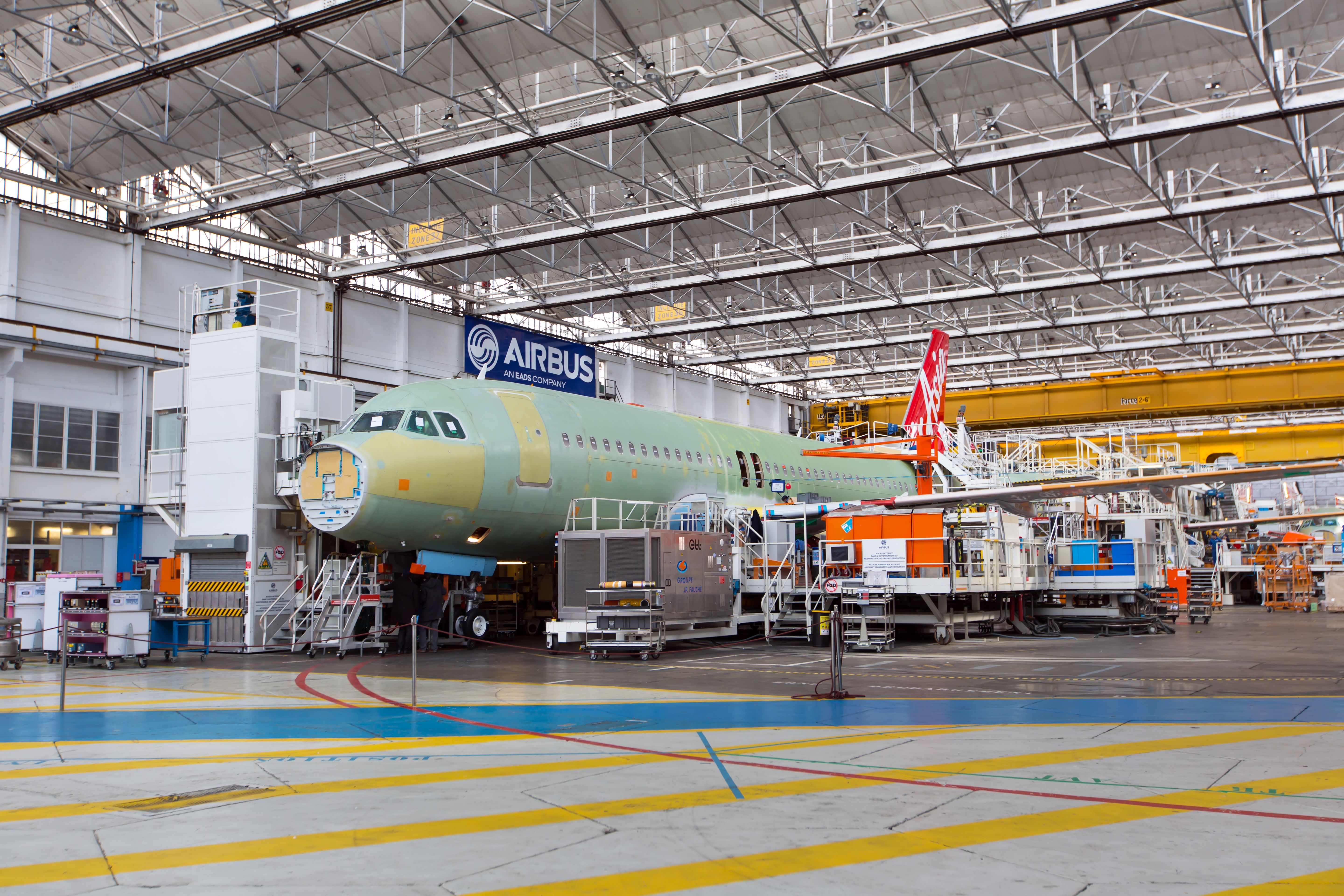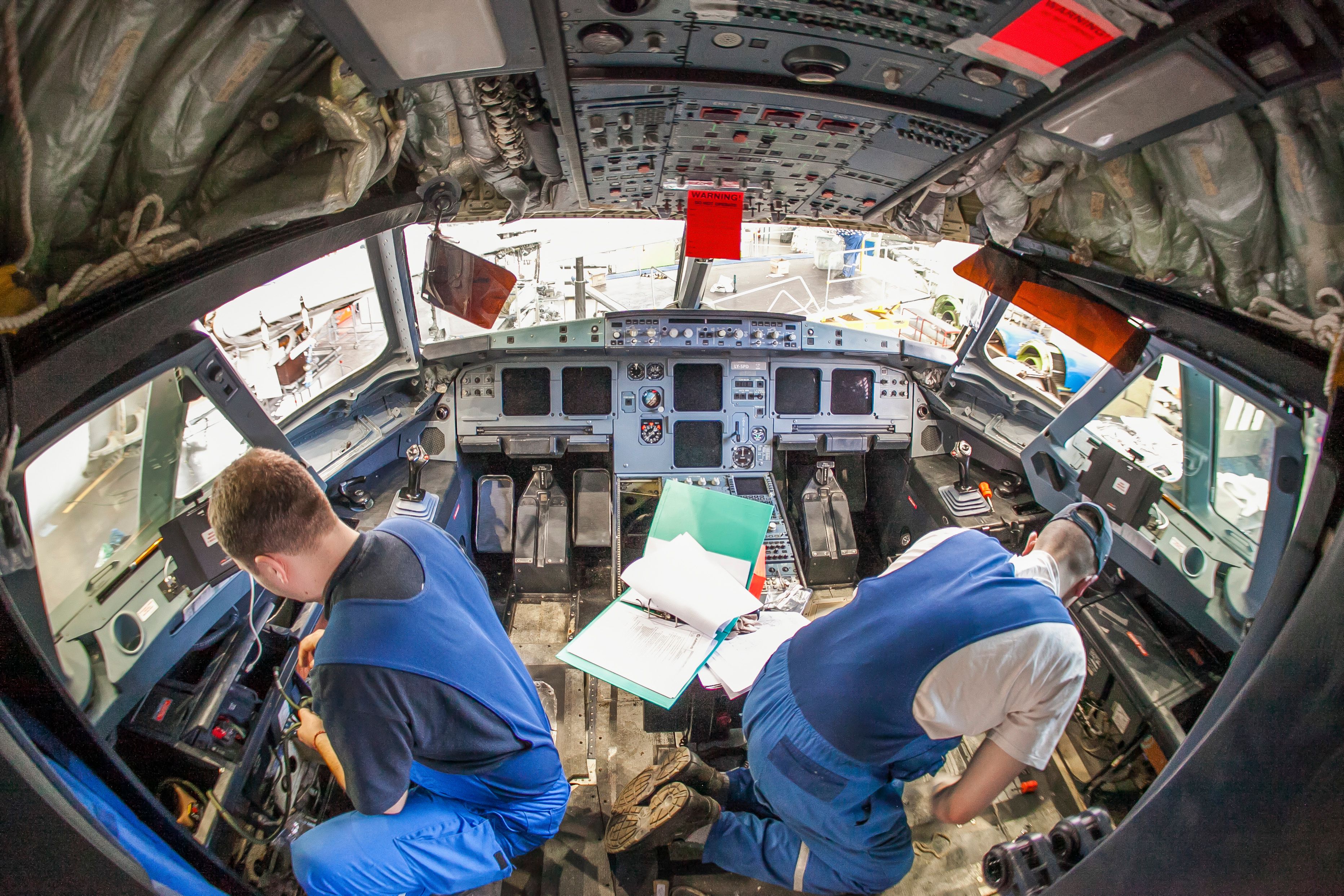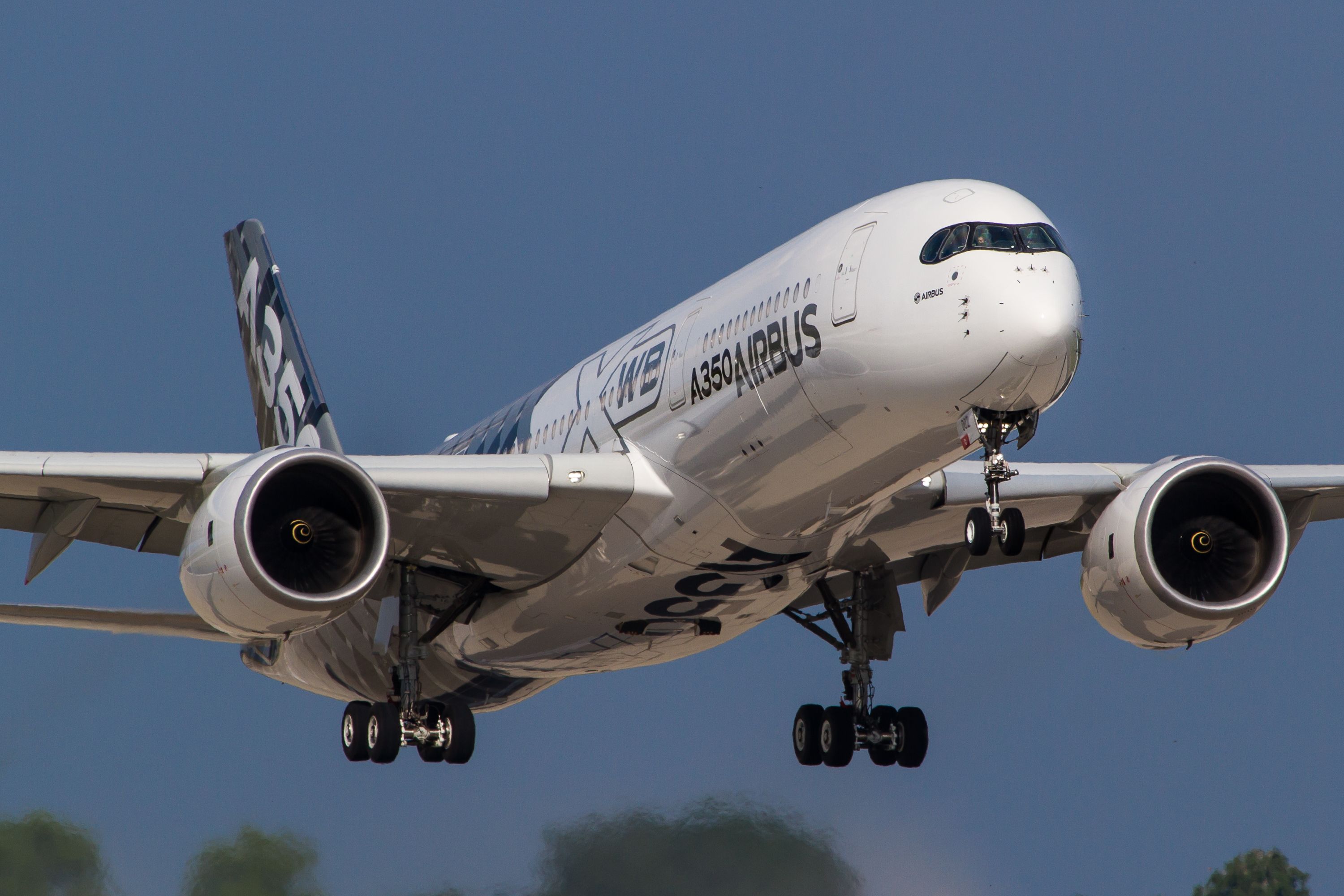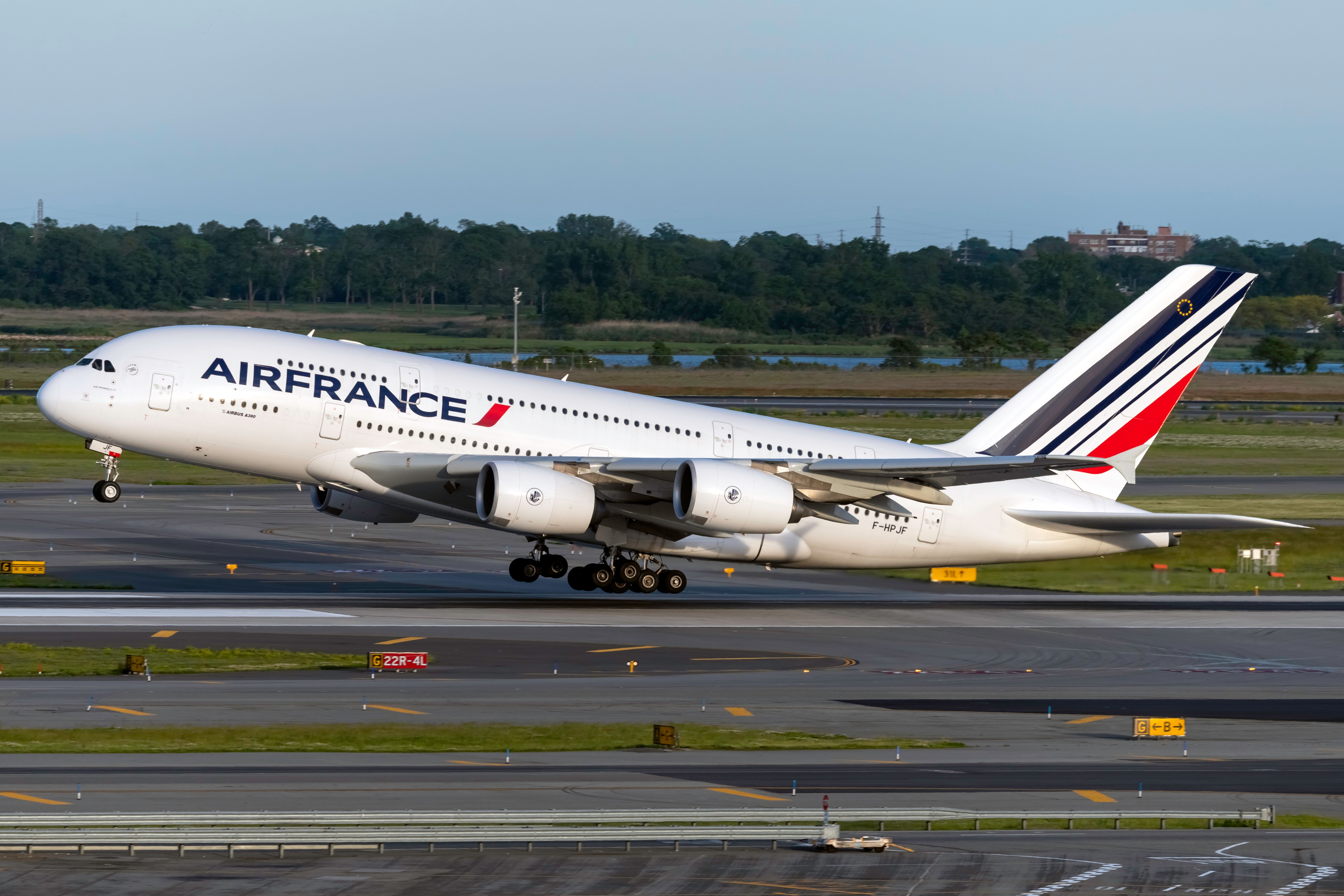The development of a commercial airliner is a lengthy and complex process. The process mainly encompasses design, prototype manufacturing, testing, certification, entry into service, and fleet support. This article provides a brief overview of the development cycle of modern commercial airliners and the development time and costs of modern Boeing and Airbus aircraft.
Design phases
There are three main design phases: conceptual, preliminary, and detailed. In the first phase, the conceptual sketch of the aircraft is laid out, including aerodynamics, propulsion, performance, structure, and control systems. In the preliminary design phase, the conceptual design is optimized to fit into the necessary parameters set for the aircraft.
Computational and wind-tunnel analysis of structural and control components is performed. In the detailed design phase, the fabrication aspects of the design are finalized. Flight simulators are used to test the dynamics of flight. It is noteworthy that the official launch of the aircraft may occur sometime during the design phase.
Prototype manufacturing
The aeronautical prototype is built to test (both on the ground and in flight) the new functionalities that must be implemented in the mass-produced aircraft. The manufacturers simplify processes and requirements with a diverse team of professionals.
Different areas of design, production, supply chain, and marketing must work together to achieve the goal. During the manufacturing stage, changing circumstances may require people from different areas to make efficient decisions and ensure a continuous workflow. The processes and controls are streamlined to apply to the mass-produced aircraft.
Testing and certification
The major challenge in developing a commercial airliner is its testing and certification process. The manufacturer goes through a lengthy list of ground and in-flight tests that must pass set criteria to be eligible for certification.
Not only are the design and functionality of individual components scrutinized, but the processes and methods the manufacturers follow also go through the certification process. A forthcoming article is solely based on the areas of an airliner that are subject to certification.
Entry into service and fleet support
The manufacturer must prepare for entry into service for the aircraft. This requires delivery tests and adequate training of the personnel. The manufacturer also provides fleet support to the aircraft during its operational life with the customer.
While fleet support contracts may significantly vary between customers, design changes to the airframe remain the manufacturer’s responsibility.
Get the latest aviation news straight to your inbox: Sign up for our newsletters today.
Timeline and cost
The development cycle of commercial airliners takes a long time and incurs huge costs for the manufacturers. It is common for the certification process to take much longer than planned. The development of the Boeing 787 Dreamliner, due to its composite design, was estimated to complete in five years at the cost of $5.5 Billion.
However, several delays later, it took nine years for Boeing to get the aircraft to the market, with an expenditure of over $22 Billion. The Airbus A350 is no exception when it comes to development delays and increased costs. The aircraft was delayed by over two years and cost nearly $10 Billion as opposed to the initial estimate of $5.3 Billion.
Similarly, the development cost of the infamous Airbus A380 was estimated to be $11.3 Billion. However, with nearly three years of delay, the superjumbo cost Airbus a whopping $33.9 Billion.
What do you think about the development cycle of commercial airliners? Did the development timeline and cost surprise you? Tell us in the comments section.




